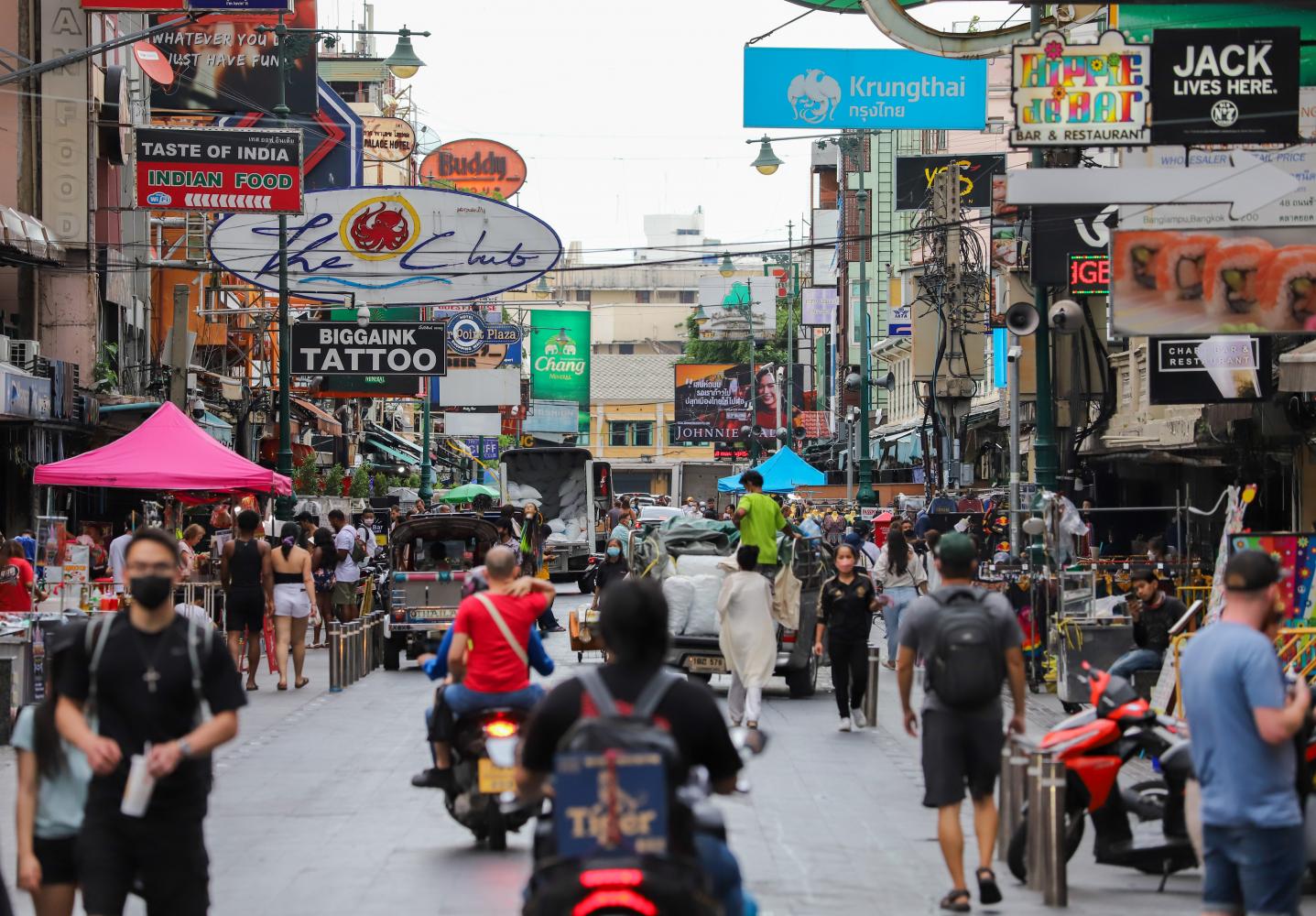
The Tourism Authority of Thailand (TAT) has rolled out this year's recovery target based on hotel occupancy, spending and cabin factor to ensure the revival of Thai tourism following the country's full reopening on June 1.
After the occupancy rate nationwide plunged to 29% and 14% during 2020 and 2021, respectively, the agency hopes to achieve a rate of 50% to create more jobs and drive the economy, said TAT governor Yuthasak Supasorn.
As the high-value tourism segment is being targeted, average spending ought to reach 62,580 baht per trip, up from 27,000 baht. This is closer to the 60,000 baht recorded during Phuket sandbox and 77,000 baht during the first quarter.
He said cabin factor has to reach more than 70% of available seat capacity.
It is presently only 50% compared to the level recorded in 2019. This is necessary to encourage airlines to bring more customers into the country.
"It is time to move forward and get the recovery on the right track with some changes in line with the sustainability of Thai tourism," Mr Yuthasak said at a meeting with hoteliers hosted by the TAT on Monday.
Representatives from the hospitality business are concerned about the lack of skilled workers during the high season.
They also suggest removing Thailand Pass for international tourists as airlines can help check on whether passengers have vaccine certificates and insurance.
In terms of the spread of monkeypox in Europe, Mr Yuthasak said the agency is monitoring the situation after Belgium became the first country to implement compulsory quarantine for 21 days.
It has to comply with the Public Health Ministry regarding this issue.
Siripakorn Cheawsamoot, TAT deputy governor for marketing communications, said the Public Health Ministry, the Transport Ministry as well as the Tourism and Sports Ministry will jointly arrange a meeting with operators on June 16 to discuss problems and solutions in order to rebuild the industry.
Thanet Phetsuwan, TAT deputy governor of marketing for Asia and South Pacific, said one strategic direction is to stimulate arrivals to Thailand all year round, particularly from Singapore, Malaysia, Indonesia and India.
Daily arrivals in May have seen the growth from short-haul markets, of which India has been the largest market at 88,963 as of May 20.
Mr Thanet said the TAT has held talks with the low-cost carrier Go First to open new routes such as Chiang Mai, along with EaseMyTrip, an online travel agency, to boost trips at the end of the year, as well as wedding planners which plan to bring 400 couples to Thailand.
Chattan Kunjara Na Ayudhya, TAT deputy governor for Europe, Africa, the Middle East and the Americas, said the tourism goal for long-haul market this year is 3.75 million.
Of this amount, 3 million might come from Europe, South Africa and the Middle East, while the remainder will be from the Americas.